2019 Featured Abstracts
Anjanette M. Chan Tack, University of Chicago
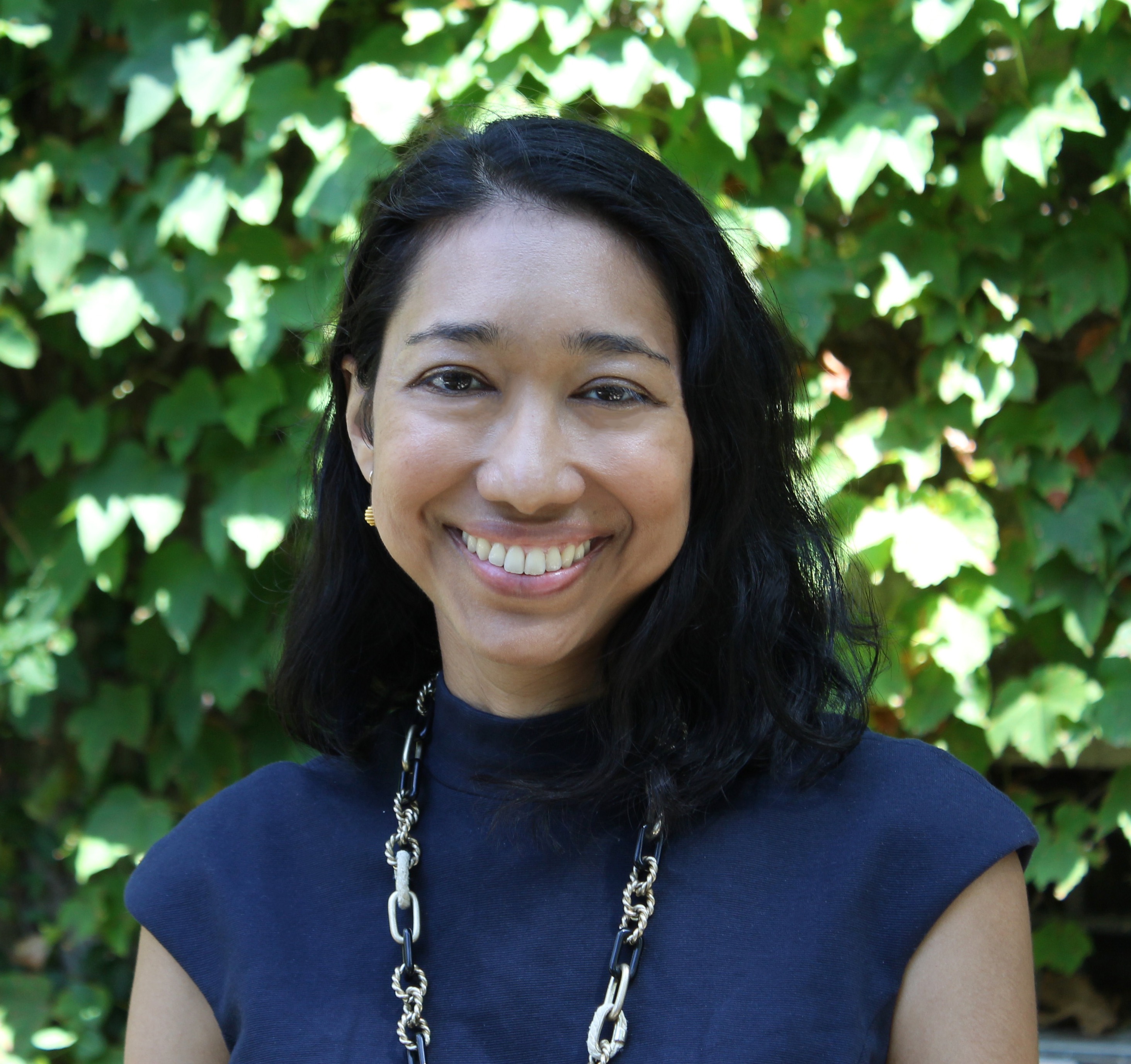 |
|
‘Nasty Men and Ghetto Girls’: Blackness, Indianness, and Sexual Visibility Politics in New York’s Indo-Caribbean Party Scene
This paper examines how gender contestations shape ethno-racial boundary drawing at the Black/Asian interface. Utilizing ethnography and interviews drawn from Indo-Caribbeans (West Indians of South Asian descent) and South Asians active in New York’s West Indian party scene, I show how Indo-Caribbeans’ assimilation into Afro-West Indian Carnival party culture – as well as their social intimacy with Afro-Caribbeans – creates tensions between them and South Asians. These tensions crystallize in contestations over the moral and racial status of Indo-Caribbean “wining women”.
While Indo-Caribbeans active in the nightlife scene embrace an Afro-West Indian nationalist ethos that locates female empowerment in the wine (a dance form similar to twerking), the South Asians they encounter subscribe to cultural norms that locate ideal Indian femininity in the performance of chastity. These cultural differences in what I call sexual visibility politics create severe ethnic dissonances between Indo-Caribbeans and South Asians which become racialized in the U.S. context. Because potent American anti-Black racist ideologies profoundly stigmatize twerking, wining, and other similar Afro-diasporic dance forms, Indo-Caribbean “wining women” create racial boundary management problems for South Asians; leading South Asians to reject Indo-Caribbeans as co-racials and to accuse them of being products of Black-Indian racial miscegenation.
Drawing from the data I report here, I utilize theories of gender, intersectionality, and embodied cultural performance to build a theoretical framework that posits immigrant sending-country gender ideologies as potentially significant factors shaping ethnoracial formation.
Akiv Dawson, Marie Jipguep-Akhtar, and Shannell Thomas, Howard University
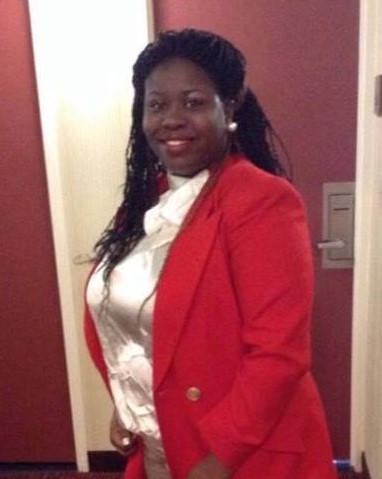 |
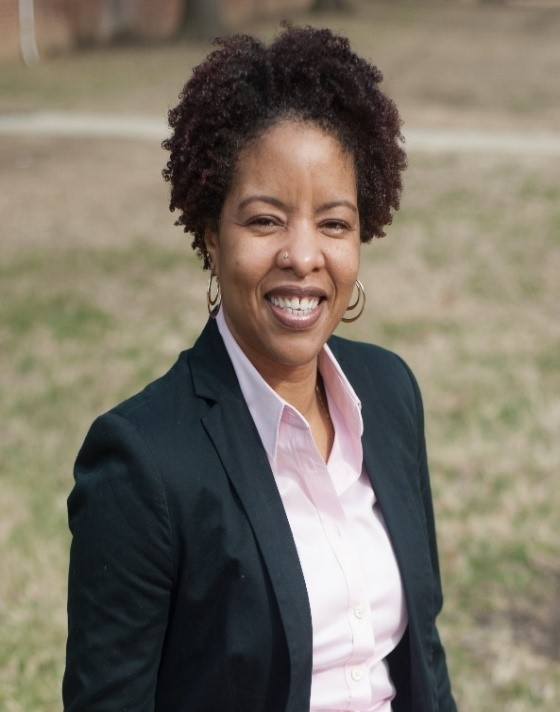 |
|
| Dawson | Thomas |
#Sayhername: The Criminal Black Woman Stereotype and Police Traffic Stops of Black Women Pre- and Post- Sandra Bland
Background. In the public sphere, police violence against Black women has failed to garner as much attention or outrage as the victimization of Black men. Academia, like the public sphere, has given significantly less attention to the victimization of black women by the police. While empirical and theoretical research, across academic disciplines, has sought to investigate and understand the role of race in policing, resulting scholarship has focused primarily on Black men as victims (Dawson, 2018; Brunson, 2007). Likewise, literature on the racism in other components of the criminal justice system has spotlighted experiences of Black men (Young, 2006; Alexander, 2011). Only a few scholars have devoted comparable attention to black women’s negative experiences with the criminal justice system and its associated actors (Ritchie, 2017). The death of Sandra Bland has bolstered activists’ claims that for Black women, traffic stops represent an entry point to police violence. They argue that Black women are “are targeted in exactly the same ways as men—shootings, police stops, and racial profiling,” (Chatelain & Asoka, 2015). To date, few studies consider the significance of traffic stops within the larger context of racialized police violence. This gap is problematic because traffic stops are the most common form of involuntary police contact with civilians. Black and Brown drivers are disproportionately stopped by the police and are at higher risk for experiencing use of force during traffic stops (BJS, 2015). In 2015, Black women were about 17 percent more likely to be in a police-initiated traffic stop than white women (Prison Policy Initiative, 2019). This work seeks to fill the existing gap in research on Black women’s interactions with the police. It is an answer to activists’ calls for attention to the policing of Black women. Specifically, it examines how the stereotype of the “criminal black woman” aids in the transformation of traffic stops from ‘routine’ to ‘fatal’. We #sayhername.
Using data from the Stanford Open Policing Project, we compared police traffic stops involving 71,068 Black and white women between 2014 and 2016. We conducted contingency table analyses with chi-square tests of significance in order to identify differences in the traffic stop rationale, contexts, and outcomes for Black and white women pre and post Sandra Bland. Overall, Black women were stopped, searched, and arrested at higher rates than their white counterparts in both the pre- and postSandra Bland periods. They were also more likely to be pulled over for investigatory stops. Our findings support activists’ claims that Black and white women have different experiences with the police. Results also suggest that racial proportionality in police departments is important for reducing disparities in the outcomes of traffic stops.
Jen Girgen, Salem State University
Running While Female: Media Accounts of Aggression and Violence
"Running while female” is a wry phrase that is used to describe the all-too-real phenomenon of street harassment and violence directed towards girls and women who run in public places. This research examines newspaper and television news reports of criminal aggression and violence against female runners, from comparatively minor acts of criminal harassment to more serious offenses such as attempted or completed abductions, sexual assaults, and homicides. The content of these articles and stories is scrutinized and analysis suggests that these reports are more than just newsworthy accounts of predatory crime. They may also serve as cautionary tales that share with media consumers—in particular, those female readers and viewers who are runners and would-be runners—powerful and discouraging messages about the dangers of daring to run while female.
Elena Hight, University of Wisconsin
Who Takes the Lead?: Determining Responsibility for Environmental Injustices in Lead Service Line Replacement
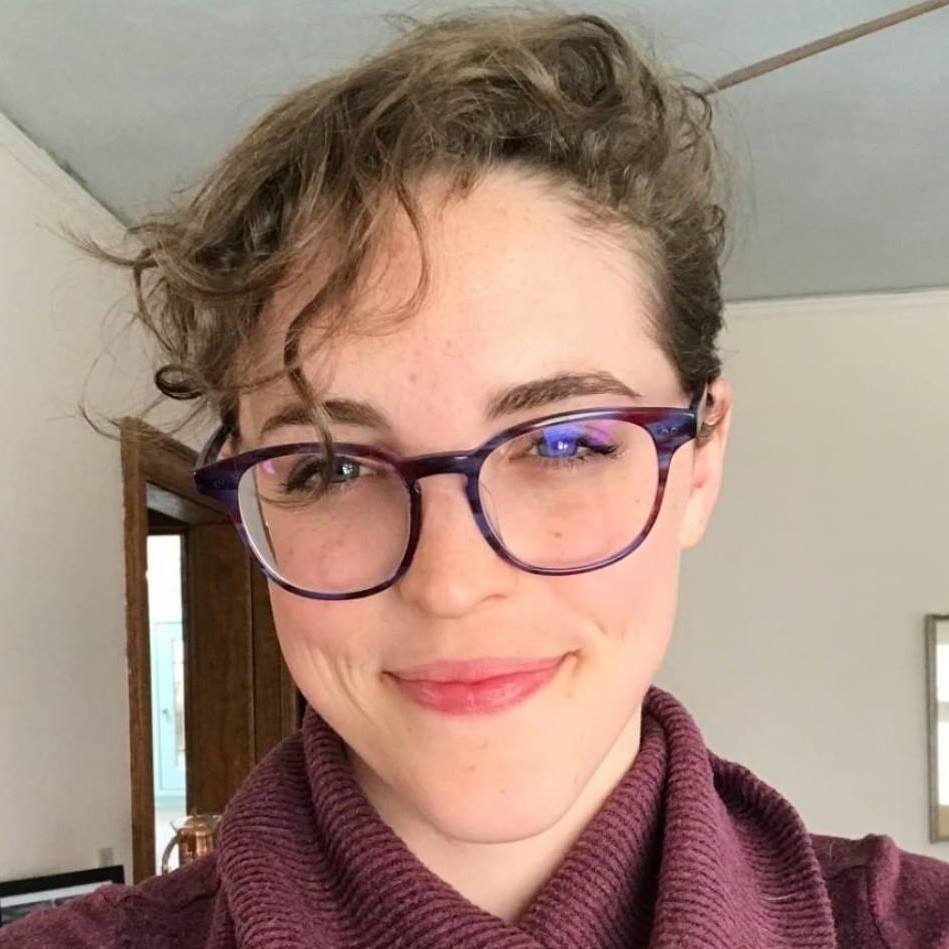 |
||
Since the late 1800s, physicians and community members have raised concerns about the dangers of lead poisoning from drinking water. Despite this fact, lead pipes continued to be used in homes and community water systems well into the middle of the 20th century (Rabin 2008). One study estimates that over 6.1 million homes in the U.S. still have lead service lines, which are the pipes that connect the residential and commercial properties to the water main, and these lead pipes, underground and unseen, provide water to millions of children and adults (Cornwell, Brown, and Via 2016). While some cities have taken steps to control the presence of lead in water, even the Environmental Protection Agency (EPA) acknowledges that the risk of lead poisoning is still present as long as lead pipes are in the ground (2006). Furthermore, lead poisoning has life-altering and irreversible consequences for those affected, consequences that are particularly severe in children younger than 6 years old (Christensen, Coons, and Walsh 2014). Although lead in drinking water is not the only source of elevated blood lead levels, it is one that has caused many public health crises, and those crises often occur in cities with high poverty rates and high proportions of minority residents (Bullard 1994b; Bullard and Johnson 2000; Gostin 2016; Greenberg 2016). City officials are then faced with the daunting task of replacing an expensive and extensive toxic lead infrastructure despite a lack of federal and state funding, a stagnating or decreasing tax base, and unclear and shifting regulations and thresholds. Adding to this, lead remediation efforts are often met with public skepticism and distrust, the result of a number of scandals and failures by institutions and local actors regarding lead in water. Milwaukee, which was once seen as a national leader in lead abatement, has recently been embroiled in one such scandal when it was revealed that were a series of administrative oversights in its lead poisoning prevention program. Post-Flint, similar controversies and discussions about the role of infrastructures, both institutional and physical, in perpetuating environmental harm have sparked renewed interest in lead service line replacements, but these discussions often provide few easy answers and further add to divisions among city officials, activists, community members, and scientists. Through participant observation, interviews with key stakeholders, and analysis of Milwaukee Common Council meetings and documents, I explore how Milwaukee city officials make sense of and make decisions about this one particular toxic infrastructure, lead service lines, amid complex claims about the environmental injustices that this infrastructure has caused, the responsibility of city governments to deal with intergenerational environmental harm, the shifting regulatory and financial landscape, and finally, the science of lead. Through this effort, this paper will contribute to further understanding what barriers local policymakers and community members face when attempting to remediate infrastructural failures and imagine future infrastructures that promote public well-being.
Heidy Sarabia and Jesus Limon, California State University, Sacramento
A 21st Century Border: Designing Deathly Traps for the Global Poor
 |
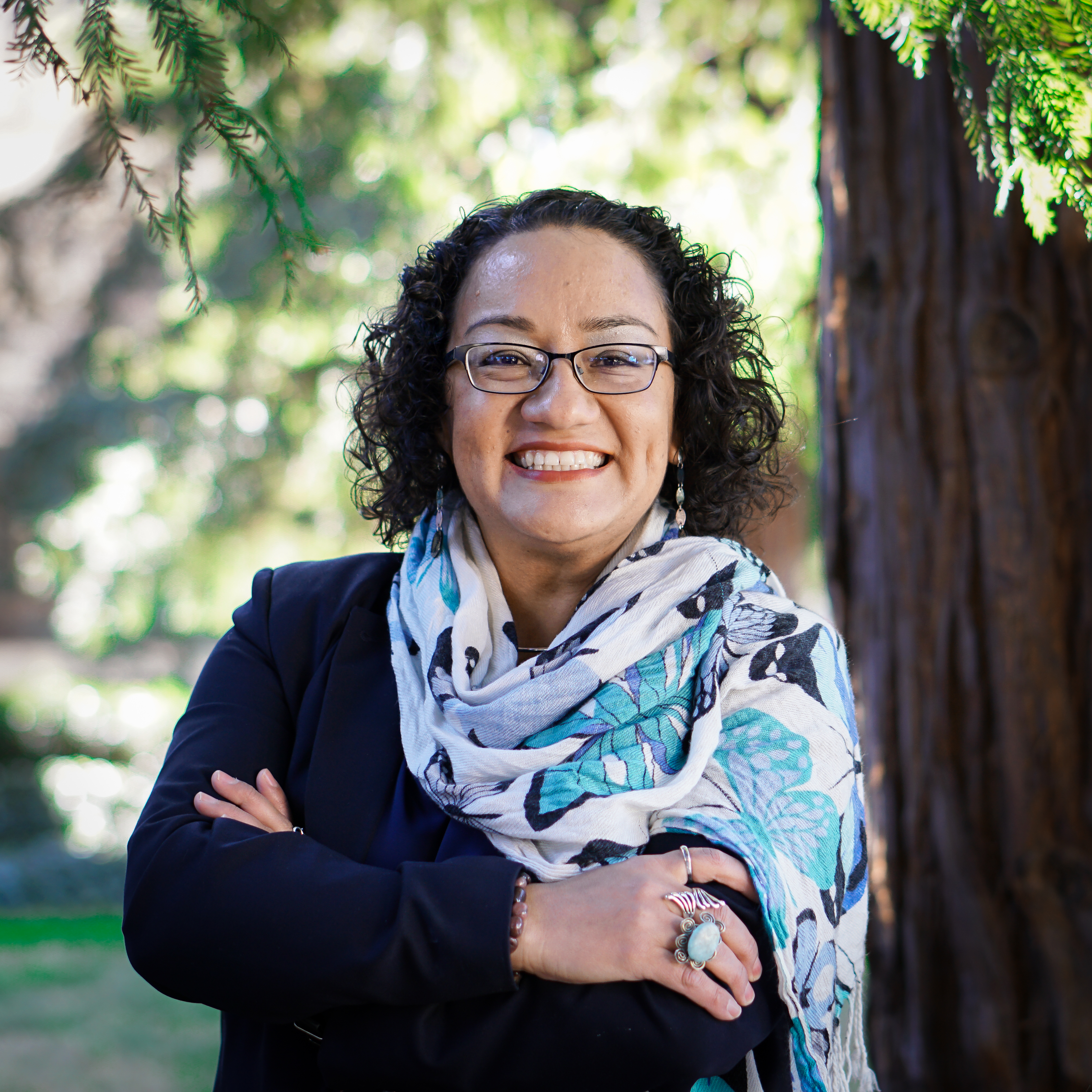 |
|
| Limon | Sarabia |
On May 19, 2010, the United States and Mexico issued the Joint “Declaration on 21st Century Border Management,” a bi-national initiative designed to promote economic competitiveness and enhance border security along our shared border1. Funding for this “21st Century Border” has been allocated mainly through Plan Merida—essentially funding Mexico to become a buffer zone to try to prevent Mexican and Central American migrants from reaching the U.S.-Mexico border. In this research, we analyze governmental documents (from GAO, DHS, DOS, DOT) to argue that while the framing of the “21st Century Border” is designed to promote border crossing flows of money and people with permits (Global Cosmopolitans), the funding and efforts also reveal a focus on preventing mobility of the global poor through increasingly violent traps.
Emily Allen Paine, Columbia University
Queering the Clinic: Constructing Gender and Sexuality in LGBT Healthcare
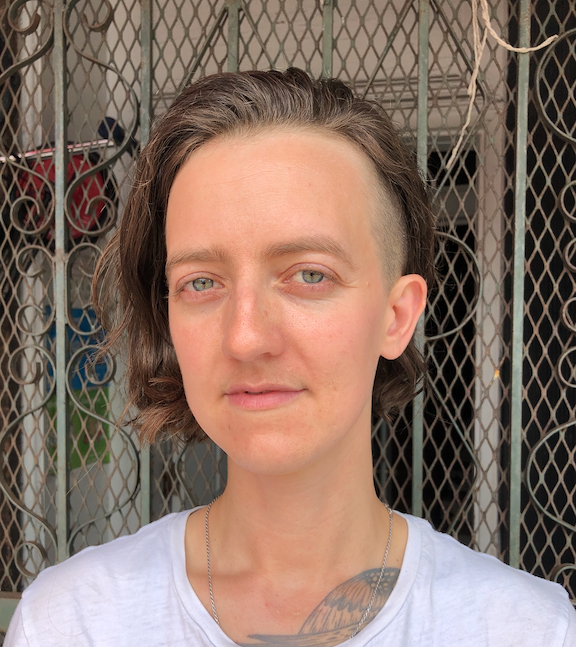 |
|
How are gender and sexuality constructed and deployed in a LGBTQ healthcare organization? How do such organizational processes shape patient experiences? To answer these questions, I triangulate data from observations and interviews at a LGBTQ healthcare organization (the Center) as well as interviews with LGBTQ patients most likely to avoid care: cisgender women, transgender men, and non-binary people assigned female. Center actors deploy schemas—wherein sexuality is fluid, gender is non-binary, and both are subject to change—that challenge the construct of a medicalized LGBTQ patient with unique needs, shifting the locus of “difference” to the organization. Patients are further normalized by queering the clinic: cultivating an informal, demedicalized culture—stylized queer. Advocacy ethos further tasks employees with improving LGBTQ health and well-being within and beyond their walls. Although patients typically report feeling affirmed within Center interactions, women also feel the Center is “not for” them. Organizational priorities and material forces often conflict with the Center’s discursive schemas and ethos. By illuminating the practices and pitfalls resulting from the construction and deployment of new gender and sexual schemas within a queer organization, I identify key social forces impacting the experiences of stigmatized minorities in medicine and organizations—with implications for inequality, theory, and practice.
